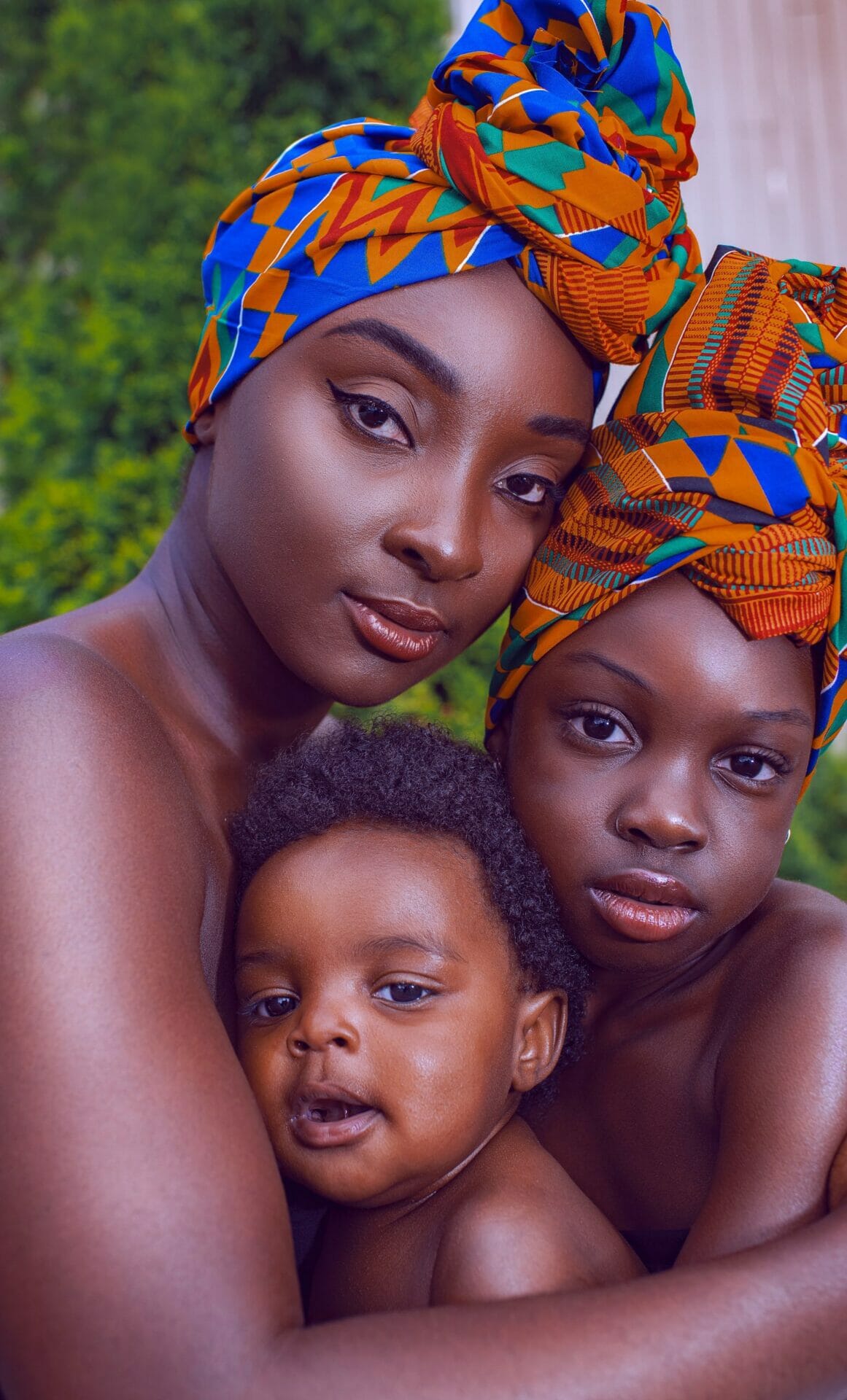
Cambiar de idea | A woman and her scars
Author
Year
Format
How old is old enough for a writer to turn to memoirs? Judging by Aixa de la Cruz’s latest novel, Cambiar de idea (To change one’s mind), age twenty-nine should be enough. De la Cruz is the enfant prodige of Spanish literature. Her first novel came out in 2007, when she was just 19, and it was an excellent debut. As of today, she has published five novels and her short stories are featured in five anthologies. Meanwhile, her life has been as intense as her literary activity. She got married and divorced, she loved women and men, she lived in Mexico City and in six different cities of Spain, she became a party girl and took all kinds of drugs.
Cambiar de idea begins with one of these parties. It is summer 2017, and a bunch of writers and politicians are gathered in a panoramic flat in the centre of Madrid. Here, between a cocktail and a pill, someone suggests de La Cruz should write a memoir. “It is only boring, solemn men who write auto-fiction, and jew ladies.” The underlying question being: with the life you had, why not you?
Of car crashes and invisible scars
Yet, what persuades de la Cruz to take up this enterprise has little to do with her adventurous life. Mostly, it has to do with the experiences of other women. The day after the party, she wakes up dizzy and confused. She’s still hungover when she finally listens to an audio message she received ten days earlier. A good friend of hers, Zuriñe, has had an atrocious car crash, and she is alive by a miracle.
At the hospital, Zuriñe shows de la Cruz her scars, a living statement of her pain. She is not ashamed of the marks: on the very contrary, she seems to show them with pride.
I walk away from the hospital thinking that if Zuriñe’s body is the account of her accident, it is only those whose’s body is unmarked who need to write their memories.
Accordingly, Cambiar de idea is not about divorces, lovers and parties: these things are just adornments. It is a novel about invisible scars, which are the ones producing womanhood.
Personal and political
Feminist theory is a great source of inspiration for the de la Cruz. When she began writing her memoir, the Spanish public debate was on fire. In July 2016, five men gang-raped a 18 old woman during the San Fermín celebrations, in Pamplona. The so called “caso de la Manada” (“pack case”) became an hot topic in the country, as it called into question the definition of rape in Spanish Law. The prosecution could not prove that the men employed violence to subjugate the victim. Thus, the Court found them guilty of sexual abuse, but not of sexual aggression.
As the trial unfolded, Spanish women began recounting their experiences of male violence. De la Cruz remembers it this way:
[…] it is an individual story that helps tackling a lot of collective issues which had been in the air for a while. Thanks to the courage of this girl we began understanding that consent is not limited to yes or no.
Thus, it became clear that she had to step onto the stage and share her pain as well.

A feminist coming of age
It should not come as a surprise, then, that Cambiar de idea lacks a clear narrative organisation. As the author explained, it was a sort of diary, “a structureless vomit”. It consists of six chapters, each one recounting a specific episode in the author’s life. But while there is no plot, there is a strong conceptual common thread. Each of the episodes has to do with de la Cruz’s relation to womanhood. As she explained:
Cambiar de idea was born out of the privilege and the opportunity to listen to the witnessing of women who were harassed, raped, violated.
In this sense, the author does not aim at writing about her own scars, but those of all women. Even though she didn’t go through brutal experiences like those described above, she had a conflictual relation with her sex since her early childhood. This is the main conflict driving her as a character. She didn’t want to be a girl, she could only make friends with boys. She was afraid of women until she started going to bed with them. Even then, she treated them as brutally as the worst of men do. And yet, she managed to change her mind on womanhood.
Learning to change one’s mind
While the private life of de la Cruz is just a pretext to speak about broader issues, it often takes the front stage in the novel. For this reason, Cambiar de idea may sound like a post-adolescent novel to some. It is the case of cultural journalist Begoña Mendez, who expressed mixed feelings towards it. Her critic is well funded: from the very beginning, the author seems eager to describe herself as different, cynical, the ultimate blasé. De la Cruz fictional version may come out as pretentious, and a strict reader may conclude that maybe a 29 years old is too young to write a memoir.
Yet, this would be a rushed judgement. Cambiar de idea is a book by a millennial for millennials, but this does not make it less valuable. It is not by chance that the novel achieved the success it had: in 2020, it won the Euskadi Price for Spanish Literature, and in 2021 it was translated into Italian.
Ultimately, Cambiar de idea is an account of how de la Cruz came to peace with her sex and embraced feminism. The author might be young, but her fictional version has everything a good protagonist needs: an irrepressible drive towards change. De la Cruz has healed her wounds, and in Cambiar de idea she is not afraid to show off her scars.
Tag
Buy a ☕ for Hypercritic










